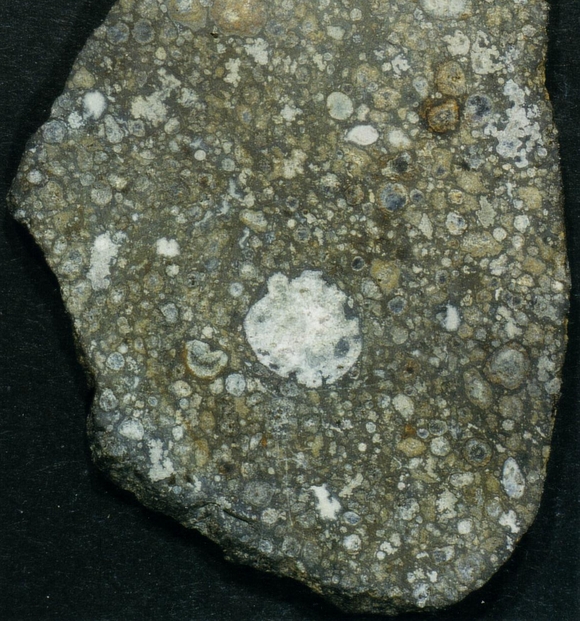| Description: | An impressive 40 order of magnitude in mass separate the end product of planet formation (planets) from its humble beginnings: micron-size dust grains. In this contribution I will focus on the first stage of planet formation: the transition of interstellar medium size dust grains to km-size planetesimals that takes place in the gas-rich protoplanetary disk. I will argue that, in order to understand this growth process, one has to understand collisions between dust particles during all the growth stages. At small sizes, strong intermolecular forces will provide the sticking agent, whereas at km-sizes self-gravity takes over the growth. However, at intermediate sizes no such natural sticking agent is available and any collisional outcome -- sticking, bouncing, or fragmentation -- of particles can be expected and is indeed observed in numerical and laboratory collision experiments. Based on this variety of collision outcomes, a Monte Carlo (MC) approach to the coagulation is presented. The MC-code computes the time-evolution of the size distribution, yet retains the discrete nature of the particles it represents. A technique is presented to extend the MC-approach to systems characterized by a large dynamic range in mass - a situation that is quite general if particles of various size are present. Applications of the Monte Carlo collision model to coagulation problems in the context of the protoplanetary disk form the core of the contribution.
Above: A fragment of the Allende chrondritic meteorite. Chondritic meteorites (chondrites) are meteorites that, after their assembly, have largely preserved their internal structure. The material of which chondrites are composed therefore date back to the birth of the solar system and indeed this rock is older than the Earth. Most of the structure seen in this image are chondrules: ~300 micron stony spherules. The bigger white spots are so called calcium aluminium inclusions (CAIs), the largest on the order of the size of a fingertip. Micron-size dust grains form a greyish/black matrix material permeating the CAIs and chondrules. |

